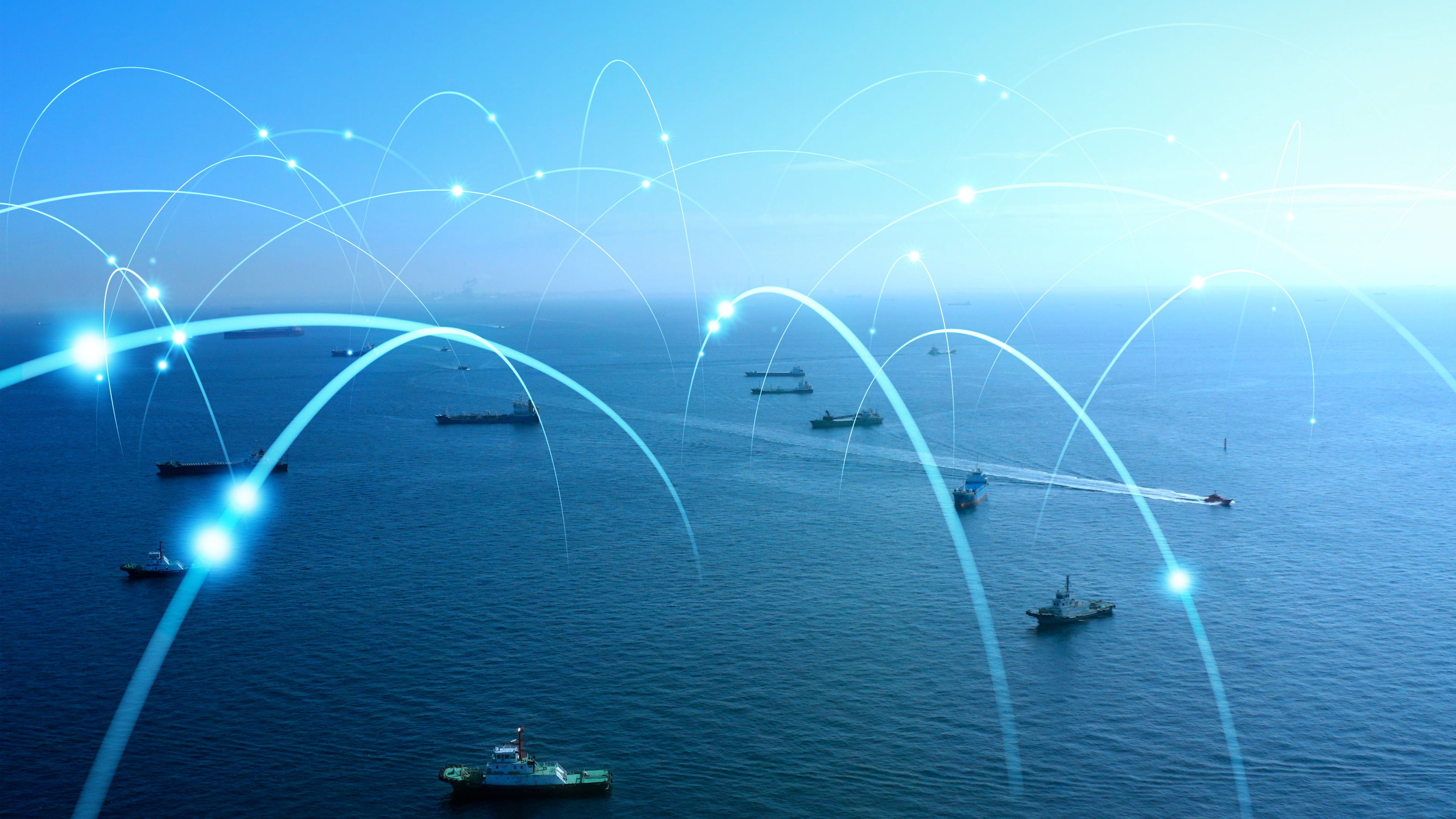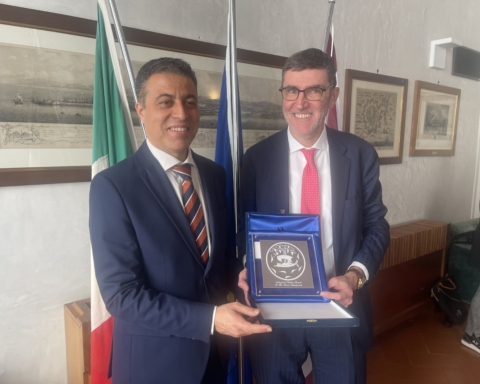The problem of using data (or big data, if we want to use a modern term) in the context of transportation infrastructure implicates major changes in two areas.
The speed of data transmission and the increase in traffic (which applies to all modes) means rethinking the way infrastructure management is organized.
In particular, a few years ago the concession of the National Logistics Platform (NLP) entrusted to Uirnet (as the licensing body) and Digital Logistics, as the concessionaire, was the solution chosen by the Italian State.
At the time, the concession format was deemed suitable for reasons that were certainly very different from what it was normally used for. Whereas the traditional purpose in granting concessions is to finance the work and share the risks, in the case of the NLP, the need was to have data on all infrastructure networks available (in fact, Uirnet had many freight villages and Port Authorities as partners) and the capacity for development (in fact, Digital Logistics has HP as a partner).
In this context, however, one cannot avoid noting that, in Italy, ports, freight villages and other infrastructure systems (motorways and railways) have independently developed individual data management systems governing access to infrastructure.
Clearly, the problem is the access authorization process (think of customs issues, bill of lading control, etc…). Having separate IT systems is by no means an accident: the information data assets of each logistics network are as valuable as the cluster itself.
If, originally, information assets were seen as protection from competition “between infrastructure systems,” for example, between ports, today the world has changed.
Everyone can see the trend toward integrating logistics services, which is the natural consequence of the intense promotion of intermodal transportation by legislators (including European ones).
As a result, the role of big data is changing and evolving from a cluster protection tool to a market governance tool. For example, the availability of “origin and destination” data has a potential impact on disintermediation and the resulting competitive advantage in favour of certain stakeholders.
However, it is clear that the efficiency of the infrastructure system (also to streamline traffic) and modal shifting certainly cannot be slowed down by the protection of specific interests.
Hence the question arises: Does the telematics infrastructure connecting the nodal points have to be public? If so, does its management have to be independent from all transport and logistics stakeholders? And is it equally necessary for it to be neutral, above all, subject to confidentiality?
The government has already tried to solve the problem through Uirnet, which, however, was neither completely public nor completely “neutral.”
What is needed, therefore, is a rethinking of the management model for IT platforms for accessing infrastructure (both from the transit perspective and from the perspective of administrative authorization to access e.g. customs).
While the port of Trieste is particularly proactive, most of the other Port Network Authorities are not moving (also due to the delicate Uirnet issue).
The hope is that a neutral approach to transportation and infrastructure stakeholders will be favored to ensure that big data does not become an improper tool for market governance rather than efficiency.




